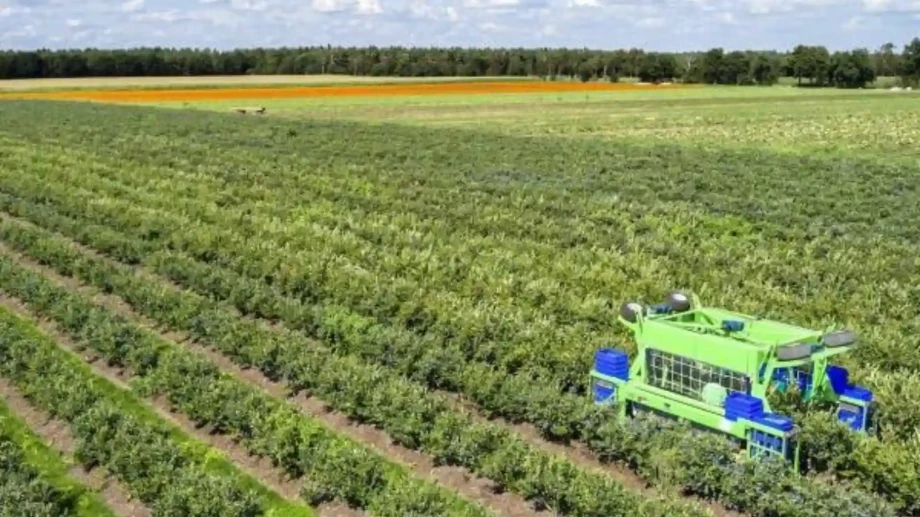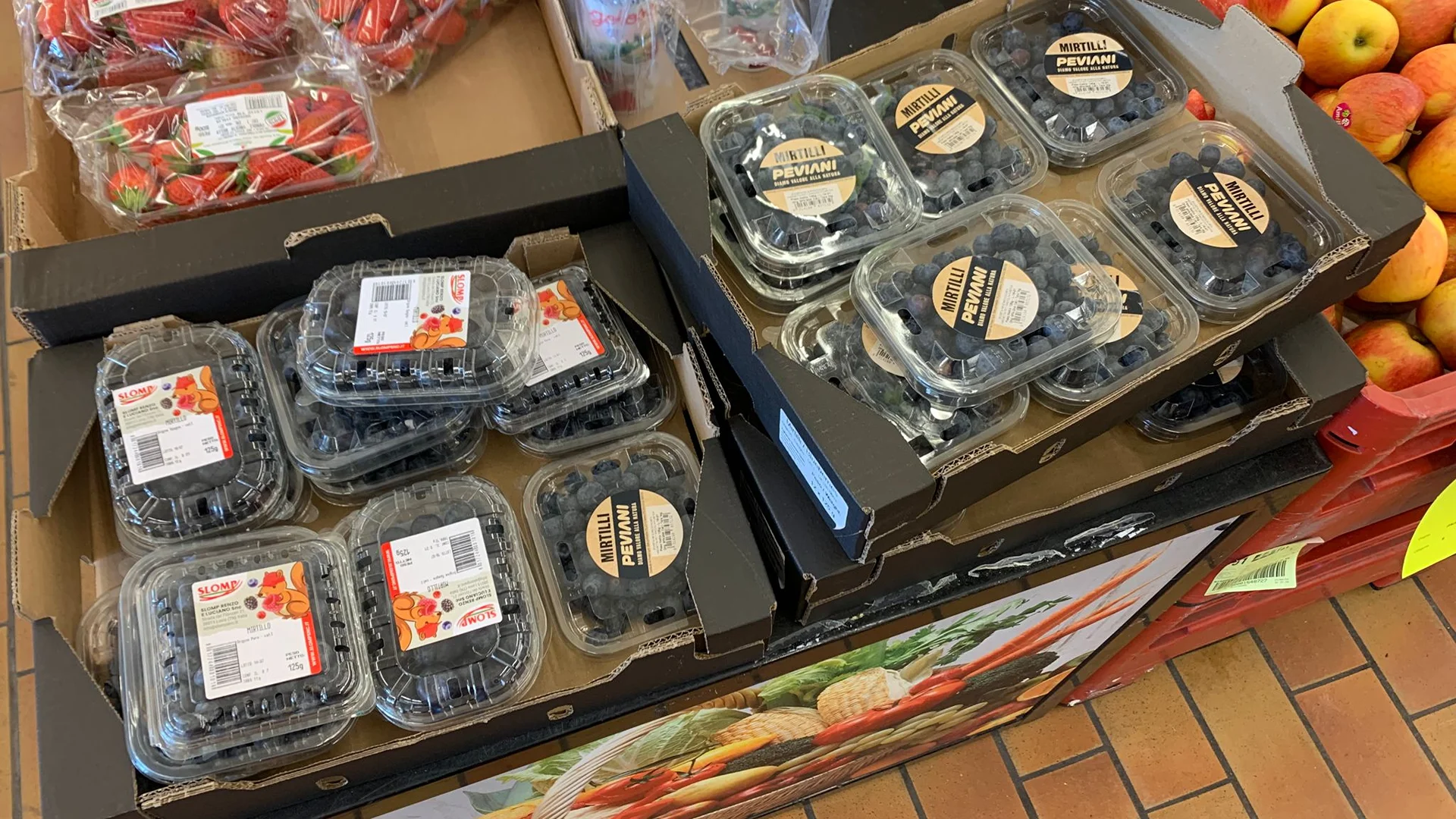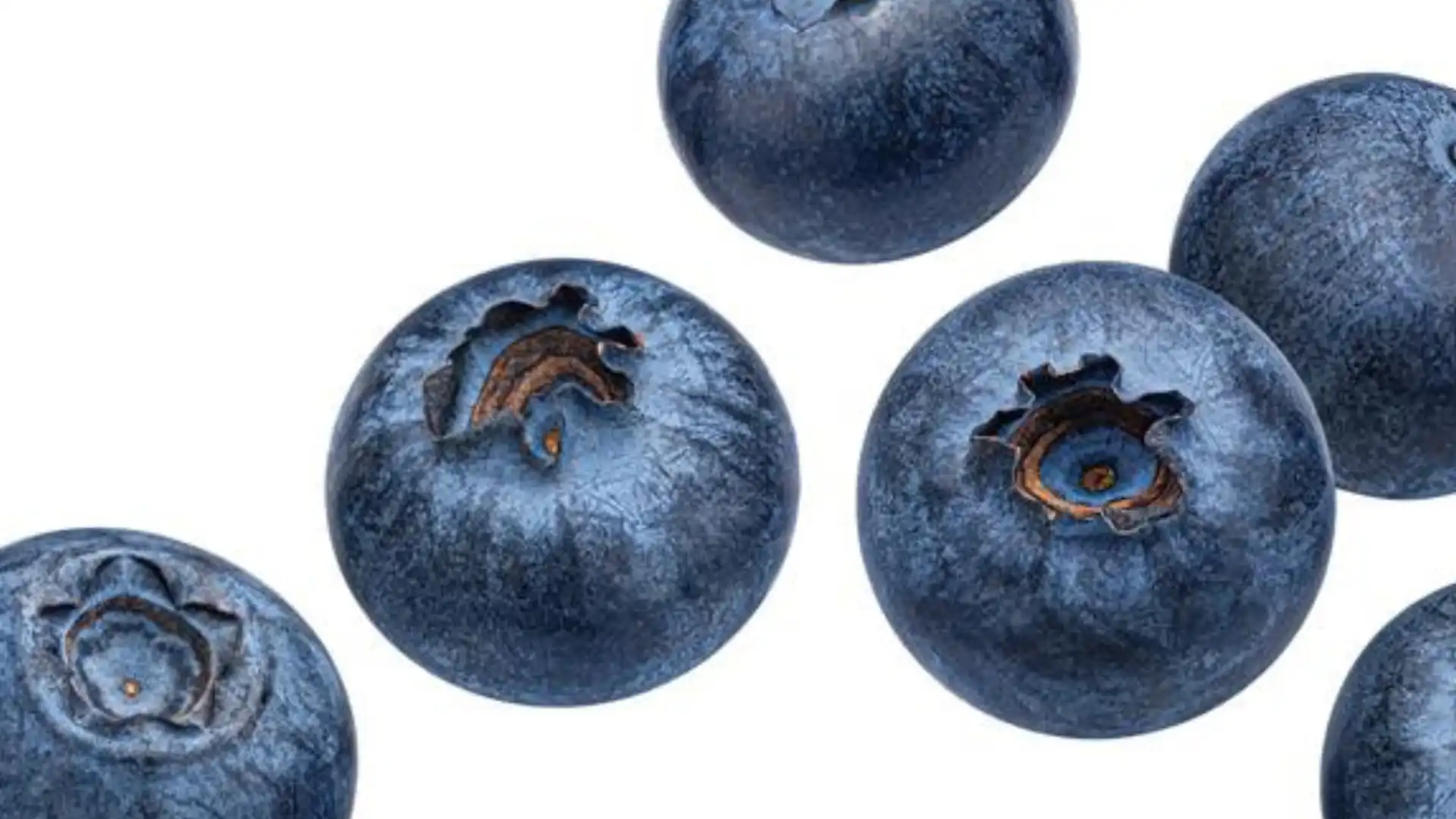Georgia’s blueberry industry consists mainly of southern highbush (SHB, Vaccinium corymbosum L. and V. darrowii Camp complex) and rabbiteye (RE, V. virgatum Aiton), while northern highbush (NHB, V. corymbosum L.) is cultivated in northern regions.
Within the industry, SHB is often believed to have superior fruit quality compared to RE, and NHB is frequently regarded as the highest standard. This perception has market implications, with RE and sometimes SHB receiving lower price points or being excluded by distributors.
However, limited scientific data exist to support these claims. The purpose of this study was to assess the postharvest keeping quality of SHB, RE, and NHB cultivars stored at 4°C and evaluate how their quality changed over a 30-day period.
Harvest and analysis methods
Fruit were collected in the 2018 and 2019 harvest seasons. In 2018, 17 cultivars were evaluated (7 SHB, 5 RE, 5 NHB), while in 2019, 15 cultivars were tested (7 SHB, 5 RE, 3 NHB).
SHB and RE came from Georgia packers, while NHB samples came from Michigan, Canada, and Indiana depending on the year. Fruit were stored at 4°C and analyzed at four timepoints: 3–4 days, 10–11 days, 20–21 days, and 30–31 days after harvest.
Juice samples were prepared to measure sugar content (°Brix), acid content (%TTA), sugar-acid ratio, and anthocyanin content, all key parameters of fruit taste, nutritional value, and consumer acceptance.
Results on sugar and acid
Sugar content was stable across all blueberry types and both years of the study, indicating that storage did not negatively impact sweetness.
Acid content was stable in NHB and RE, but SHB showed a 14% reduction in the first year only, with no change in the second year.
The sugar-acid ratio increased by 20% in SHB in year one, but otherwise remained constant across years and types. These findings suggest that neither sugar levels, acidity, nor their balance are significantly altered by cold storage, and that taste attributes remain consistent over time.
Anthocyanins and stability
Anthocyanin content, which contributes to blueberry color and is associated with numerous health benefits, also remained stable across all types and both years.
This indicates that the nutritional and functional value of blueberries, particularly regarding anthocyanins, is preserved during 30 days of storage.
Therefore, blueberries stored at 4°C maintain their potential health-promoting properties as well as their visual appeal.
Variability and further research
The study also acknowledges year-to-year variability in results, which may stem from multiple factors such as harvest maturity, timing, handling practices, flowering time, wax composition on fruit skin, or structural and enzymatic changes in cell walls.
These factors can affect fruit texture and keeping quality beyond the measured parameters. Additional research is needed to explore these structural and physiological differences among SHB, RE, and NHB to better identify which types are most suitable for extended storage and to clarify the basis of perceived quality differences in the blueberry industry.
Source: smallfruits.org
Image source: Fine Field










